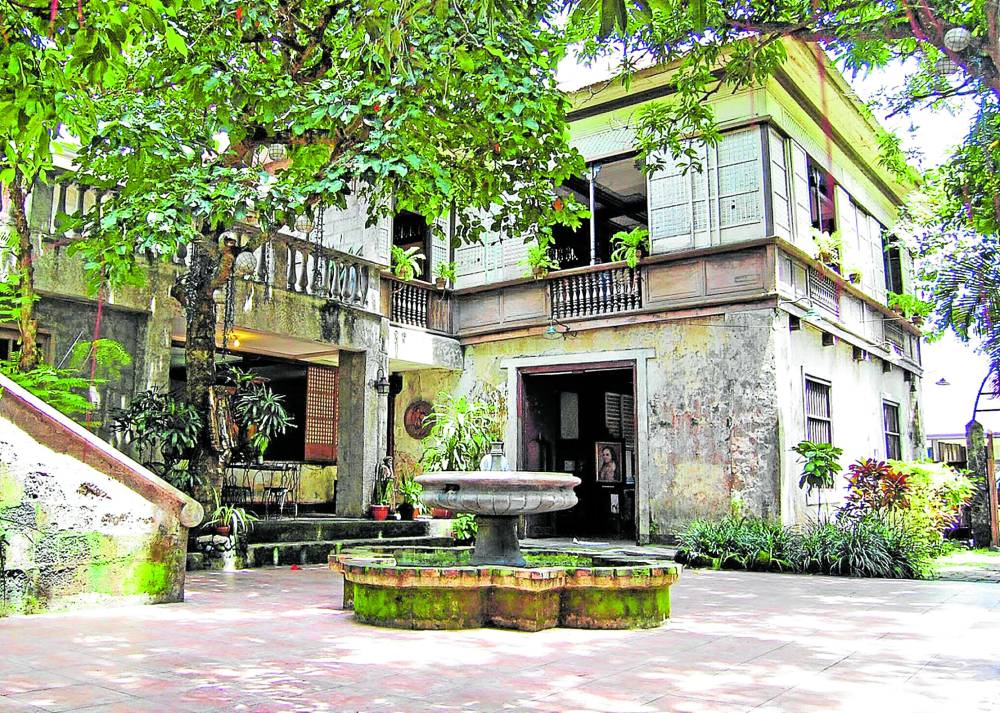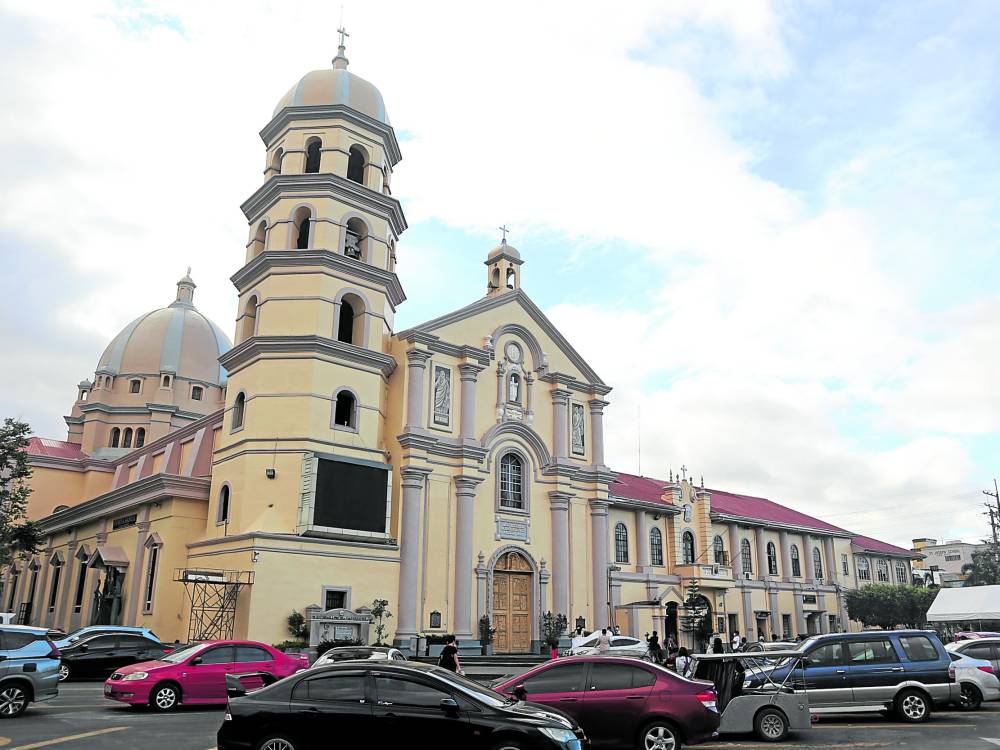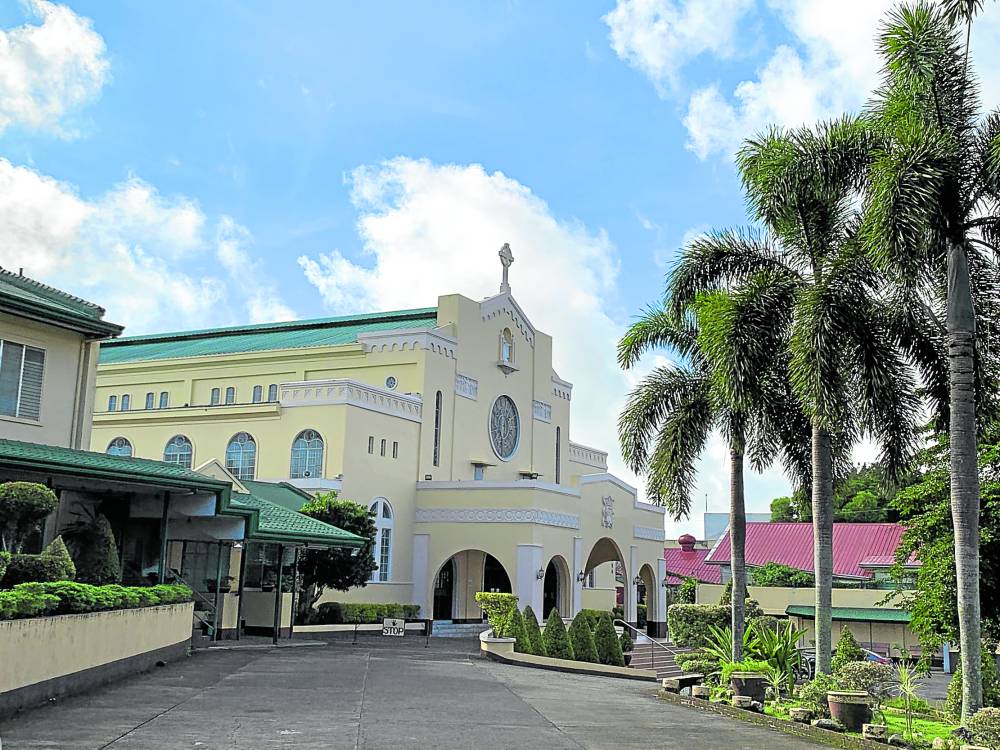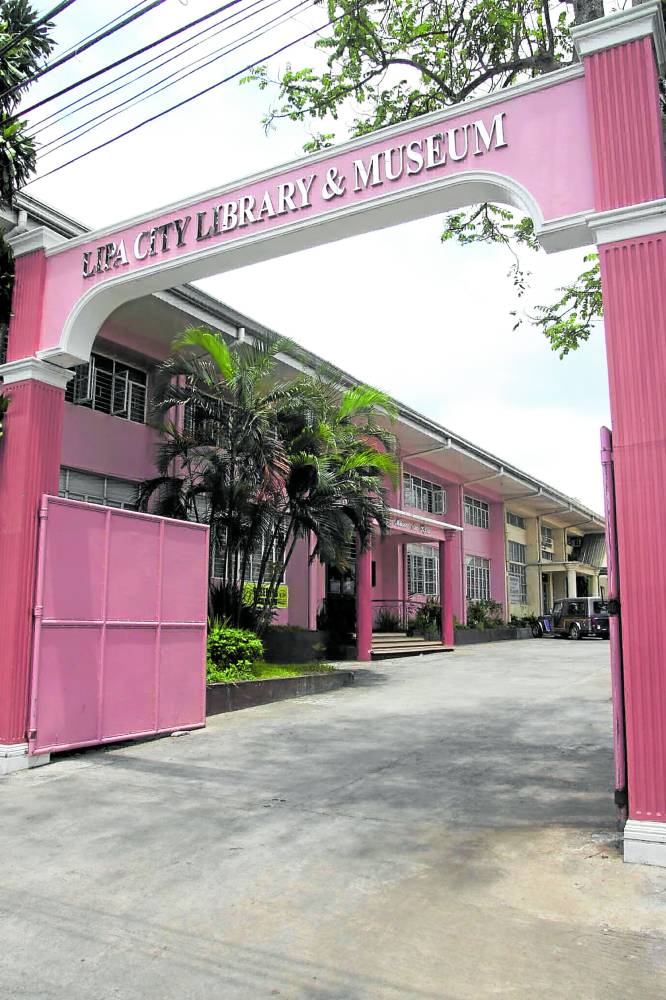All set for that big, fascinating Lipa adventure
It is blessed with a cool climate, proximity to pristine natural landscapes, and a thriving agriculture industry. It has also become a favored destination of investors who are looking to expand beyond Metro Manila.
You can say that Lipa City in Batangas indeed gives its residents and visitors the best of both worlds. Here, you are afforded the convenience of a flourishing city and, at the same time, given the opportunity to enjoy homey communities and less congested neighborhoods. Further adding to its appeal is its rich cultural heritage, as evident in the well preserved ancestral homes and old churches you would see throughout the city.
If you find yourself wandering around the city of Lipa, here are some of those fascinating stops you shouldn’t miss.
Casa de Segunda (Luz-Katigbak Ancestral House)
Standing along Rizal Street in Lipa City is one of the city’s oldest houses, Casa de Segunda or the Luz-Katigbak Ancestral House. A heritage house and museum, it was built in 1880 for Segunda Solis Katigbak, Jose Rizal’s first love and after whom the house was named. However, at the time of their meeting, Segunda was already set to marry Manuel Metra Luz, with whom she eventually had nine children.
Casa de Segunda is a Spanish colonial bahay na bato which was the typical house style of the Filipino upper class. Its entrance (zaguan) features the black and white floor tiles typical of ancestral homes. The piso principal or main floor has deep reddish brown narra planks for its flooring. The sliding windows are made of capiz while the ventanillas beneath it feature intricately carved balusters.
The house was partly damaged during World War II in 1942 and was remodeled in 1956. In 1996, Casa de Segunda was declared a heritage house by the National Historical Institute.
Luz-Librea-Bautista Ancestral House
A mansion made of stone, the Luz-Bautista Ancestral House was built by Don Jose de San Miguel Luz é Inciong for his youngest daughter Maria Luz y Metra who was married to Leon Librea y Mayo.
Distinctly imposing in appearance, the house was inspired by Babylonian architecture. Molave was used for the posts and frames, narra for the flooring and santol wood for the ceiling and partitions. The walls and columns were made from adobe, lime and sand. Galvanized iron was used for the roof instead of tiles. The grandiose structure took 10 years to finish.
For its interiors, it had lace curtains from Paris, Austrian high length mirrors, Viennese furniture, fine Chinese porcelain, as well as glassware, silverware, plates, crystals and chandeliers from Germany. Its local furniture were from Atay, a well-known Filipino wood carver.
Metropolitan Cathedral of Saint Sebastian
The Metropolitan Cathedral of Saint Sebastian, commonly known as Lipa Cathedral, spans a long history. Initially completed in 1790, it has been described as “large and spacious,” with a tiled roof and cut stones making up its whitewashed walls. The ceiling consisted of artistically painted wood panels. Strong beams crisscrossed the walls.
In 1863, due to the growing number of parishioners, a spacious transept was added, the nave and sides were reinforced using buttresses, and the bell tower was enhanced.
Our Lady of Mount Carmel Church
Tucked in a quiet part of Lipa is Our Lady of Mt. Carmel Church. Unlike the grand and elaborate Lipa Cathedral, Our Lady of Mt. Carmel Church appears to be more modest and unassuming.
It has a cream exterior embellished only with white trim. A Carmelite seal, a small all-white statue of the Blessed Virgin Mary and a Celtic cross adorn its facade. Its interiors are simple as well, with its plain white walls, light blue ceiling and gray marble flooring.
The church’s reserved look notwithstanding, pilgrims and tourists find themselves drawn to it, thanks to its miracle-laden history. In 1948, the Blessed Virgin Mary was said to have appeared before a Carmelite nun here with the apparitions usually marked by a shower of rose petals.
Museo de Lipa
Located at Plaza Independencia at L. Katigbak St., Museo de Lipa is a brainchild project of the Lipa City Tourism Council. The two-story structure might be the youngest compared to the other historic and notable structures that one can visit around Lipa but it houses antiques and artifacts which are of historic and cultural significance to the city.
Inside, one can find the different tools that were used in coffee production over the years—with Lipa having a rich coffee culture—as well as various traje de mestizas and ternos worn by Lipeñas during the pre-war days and during festive occasions. The museum’s ground floor serves as a function area and showcases the works of Lipa’s contemporary visual artists.
Sources: Herencialipena.com, Casa de Segunda Facebook Page, Kasaysayan ng Lipa Facebook Page, Philippine Roman Catholic Churches Facebook Page, Museo de Lipa Facebook Page





